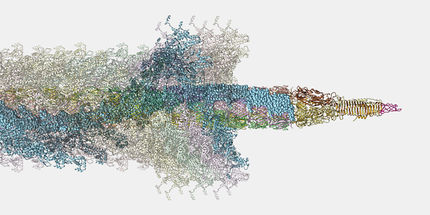New discoveries map out CRISPR-Cas defence systems in bacteria
With the aid of highly advanced microscopes and synchrotron sources, researchers from the University of Copenhagen have gained seminal insight into how bacteria function as defence mechanisms against attacks from other bacteria and viruses.
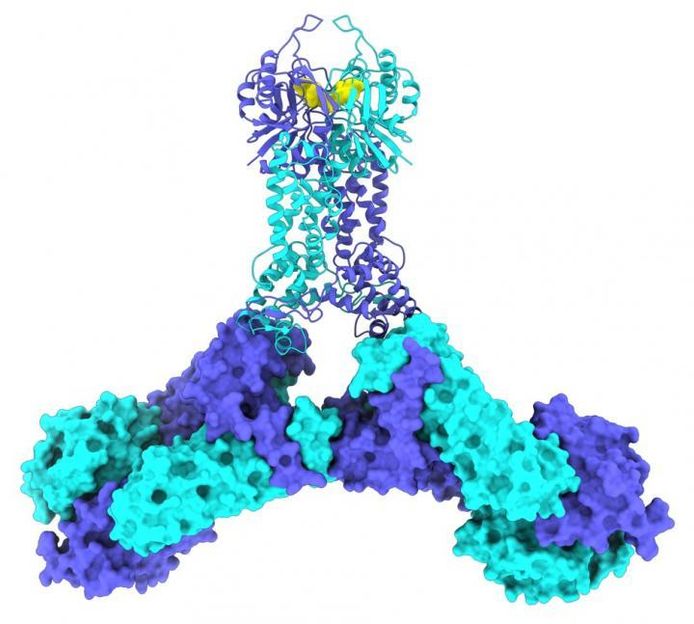
Model of CSX1 protein complex.
Novo Nordisk Foundation Center for Protein Research
The study, which has just been published in the journal, Nature Communications, also describes how the defence systems can be activated on cue. This discovery can turn out to be an important cornerstone in fighting diseases in the future.
The researchers have shown how a cell attacked by a virus activates a molecule called COA (Cyclic Oligoadenylate), which in turn activates a so-called protein complex called CSX1 to eradicate the attacker.
'Expressed in popular terms, the CSX1 starts cutting up the intruder. We can see how CSX1 is activated, rotates and starts defending the cell, once COA is activated,' Professor Guillermo Montoya from Novo Nordisk Foundation Center for Protein Research at the Faculty of Health and Medical Science explains.
Can help fight disease
The researchers at the University of Copenhagen have also managed to successfully activate the process themselves. They sent a COA molecule after the protein complex, so to say, and thus started the defence mechanism.
'In short, we have found a switch that turns on the cell's defence system when we want it to, and so we can diffuse possible attacks,' Guillermo Montoya elaborates.
It is the first time ever that researchers have managed to map and activate a bacterial immune system.
'A few years ago, science wasn't even aware that bacteria had some sort of immune defence system. With this discovery, we have come a great deal further in terms of understanding these mechanisms,' Guillermo Montoya says.
Furthermore, the discovery is interesting because the defence system in bacteria resemble in many ways the human innate immune system.
'Therefore, it is also a step along the way of understanding the human immune system better as well as knowing how to fight bacteria and defend oneself against viruses and in the long run even multiple resistance,' Guillermo Montoya says.
Minimal molecules and a huge magnifying glass
The discovery of a bacteria defence system was made possible by using so-called x-ray crystallography at an establishment in Switzerland and one of the world's most powerful microscopes - the so-called synchrotron MAX IV - in Lund, Sweden.
The image of the CSX1protein complex was made possible by the advanced cryogenic electron microscope at the University of Copenhagen's high tech CryoEM facility - in popular terms a strong magnifying glass.
'CSX1 is approximately 0.00005 mm long. This equates cutting one millimetre into 10,000 slices and then placing five pieces on top of each other. We have taken the pictures one by one and made a short film that reveals the activity inside CSX1,' Guillermo Montoya explains.
Original publication
Other news from the department science

Get the life science industry in your inbox
By submitting this form you agree that LUMITOS AG will send you the newsletter(s) selected above by email. Your data will not be passed on to third parties. Your data will be stored and processed in accordance with our data protection regulations. LUMITOS may contact you by email for the purpose of advertising or market and opinion surveys. You can revoke your consent at any time without giving reasons to LUMITOS AG, Ernst-Augustin-Str. 2, 12489 Berlin, Germany or by e-mail at revoke@lumitos.com with effect for the future. In addition, each email contains a link to unsubscribe from the corresponding newsletter.
Most read news
More news from our other portals
Last viewed contents
Mandible
Aspirin
Urethral_cancer
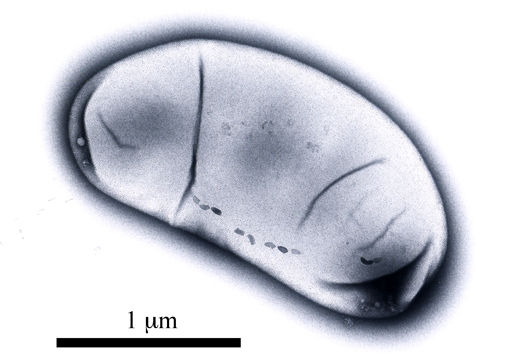
Magnetic microbe genome attracting attention for biotech research
Thyroid-stimulating_hormone
Fetal_trimethadione_syndrome
Fipamezole Transition from Biovail completed - Program Well Advanced Towards Phase III
Fitness_(biology)
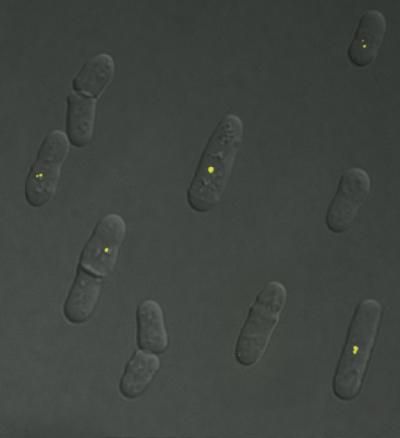
How a molecular Superman protects the genome from damage - Scientists find a new role for RNAi protein Dicer in preventing collisions during DNA replication
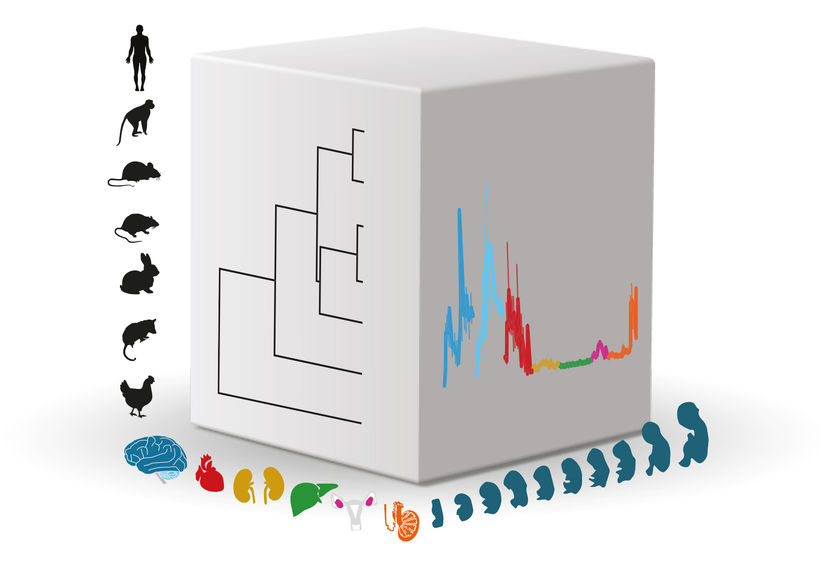
Networks of Gene Activity Control Organ Development
AIDS_advocacy

